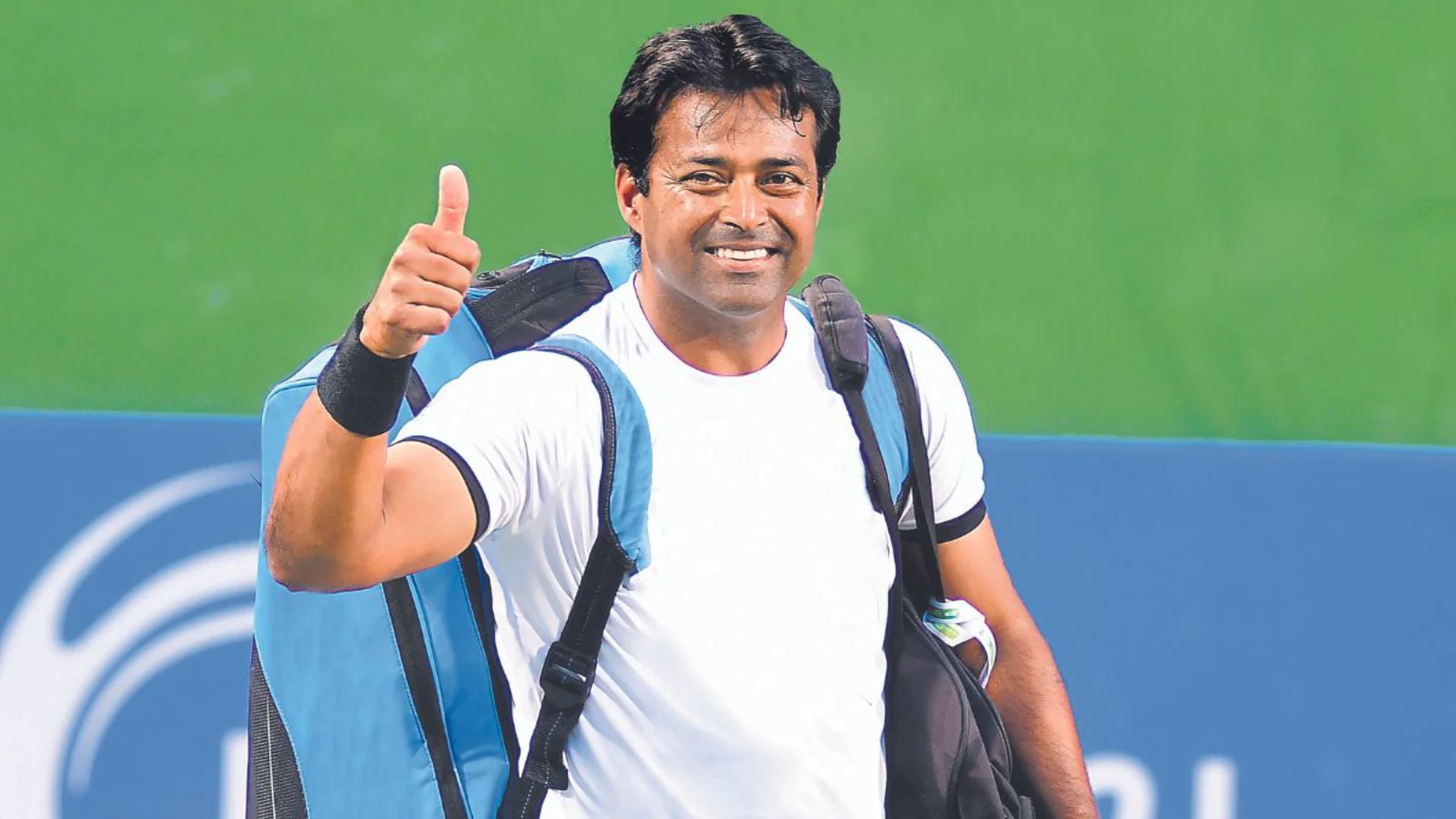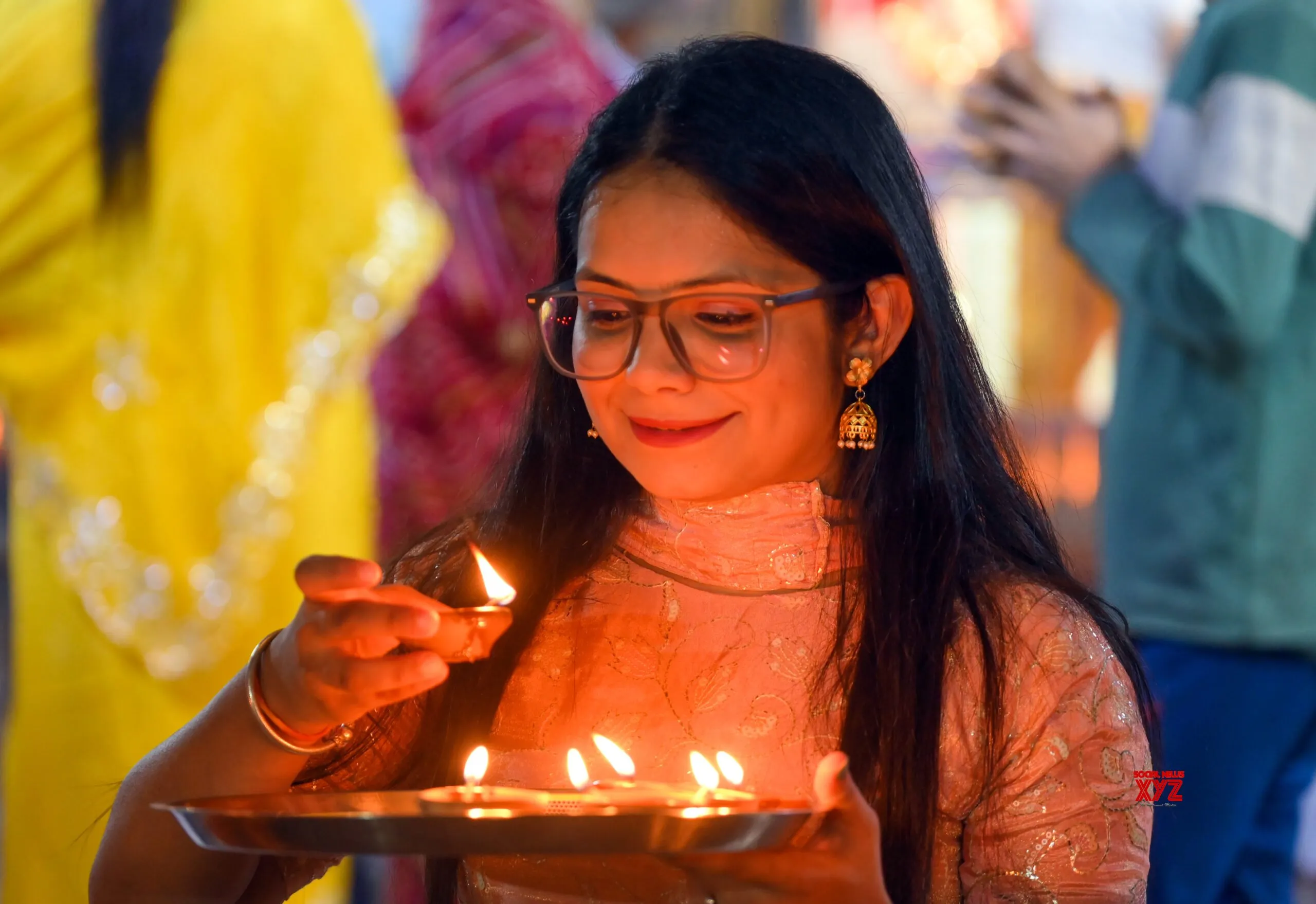Copyright news18

Indian tennis legend Leander Paes officially assumed charge as the President of the Bengal Tennis Association (BTA) on Saturday, succeeding Hironmoy Chatterjee following the association’s Annual General Meeting. The move marks a significant milestone in Paes’ post-playing career — a transition from court to governance — as he sets out to rejuvenate tennis in Bengal and beyond. Paes’ elevation also adds a touch of sporting star power to Bengal’s sports administration. His appointment comes just weeks after former India cricket captain Sourav Ganguly returned as President of the Cricket Association of Bengal (CAB), giving Kolkata two of its most celebrated athletes leading from the front. Unanimously proposed for the BTA presidency last month, Paes had already been serving as the Association’s honorary vice-president. Upon taking charge, he vowed to take Bengal tennis to “greater heights,” emphasizing grassroots development, infrastructure improvement, and increased opportunities for young players. “Bengal has a proud tennis heritage,” Paes said. “My goal is to create pathways for the next generation to excel both nationally and internationally.” Few are as qualified for the role as Paes, one of India’s most decorated athletes. Over a professional career spanning three decades, the 50-year-old has captured 18 Grand Slam titles — eight in men’s doubles and ten in mixed doubles — and remains India’s most successful Davis Cup player, with a record number of wins for the country. He famously won an Olympic bronze medal in singles at the 1996 Atlanta Games, becoming the first Indian tennis player to claim an Olympic medal in 44 years. Beyond the numbers, Paes is revered for his longevity, charisma, and leadership, having partnered with legends like Martina Navratilova, Martina Hingis, and Mahesh Bhupathi. His experience at the highest level of global tennis, combined with deep ties to Bengal — his father, Vece Paes, was also an Olympian from Kolkata — gives him a unique perspective on nurturing talent and reviving the sport’s regional ecosystem. (with PTI inputs)



